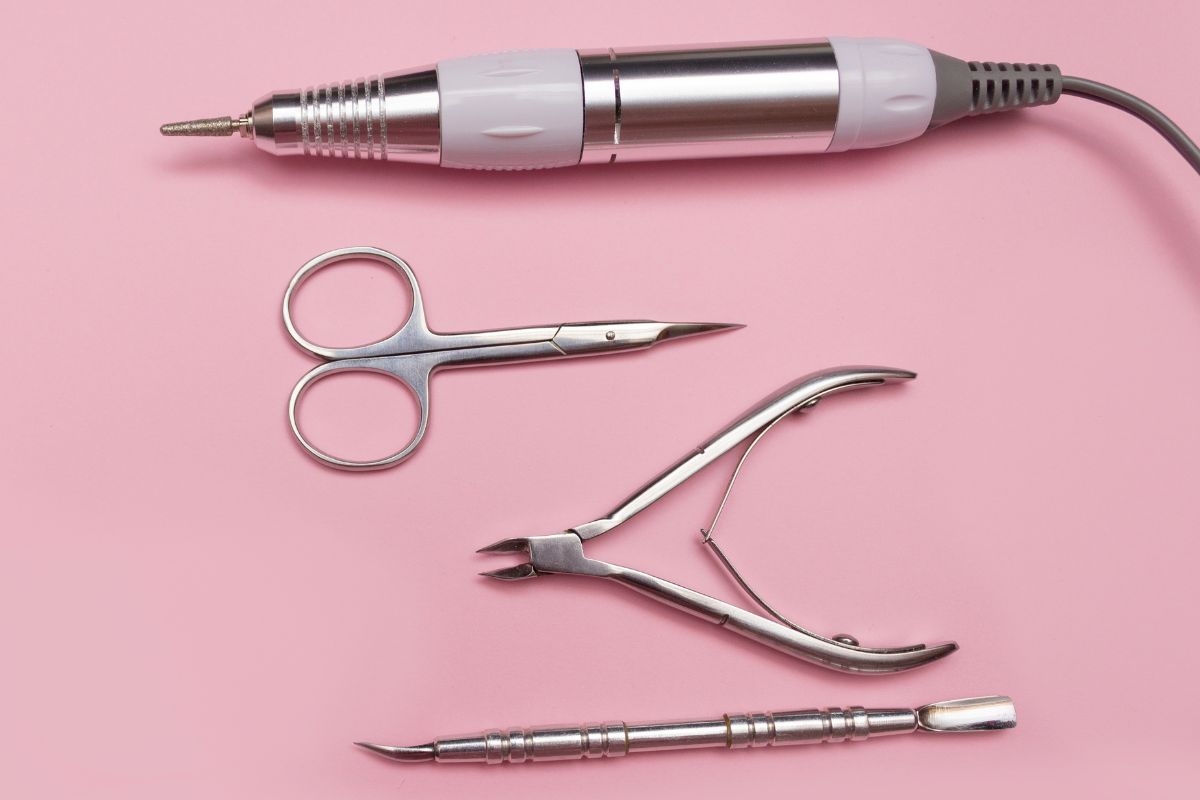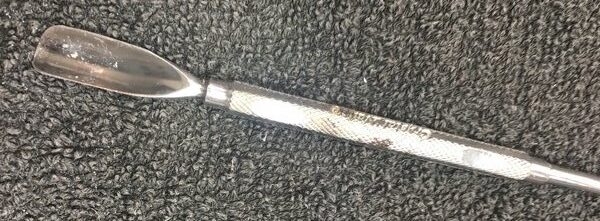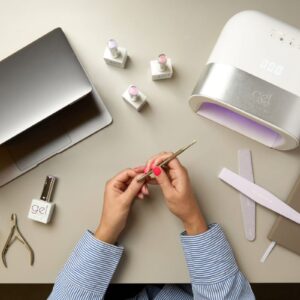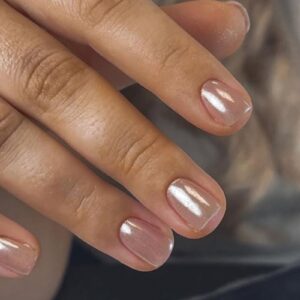
Here’s why you shouldn’t let your nail & beauty tools air dry after cleaning
By Katie Barnes | 11 September 2023 | Expert Advice, Feature, Technique

Most nail tools and e-file bits are made from steel and iron. Rust occurs on nail tools, E-file bits, and other metal items when water (or moisture including humidity) and oxygen come into contact with iron or steel for a certain amount of time. This is a naturally occurring chemical reaction but can be prevented by correctly drying your tools.
When you clean, disinfect and sterilise your nail tools and E-file bits, they naturally come into contact with water, from removing debris in warm soapy water to disinfection solution or steam from an autoclave. The contact of water is necessary and cannot be avoided or replaced, so correct drying of these nail tools and E-file bits is critical to prevent moisture residing on your tools and causing the chemical reaction which presents as rust.
This can also be caused by the environment of where your tools are kept, for example a humid or damp room and warmer climates where humidity and moisture in the air may build up. This would leave moisture and water on the tool and would in turn, over time develop into rust.
When a tool has been sanitised, disinfected or sterilised, it has been in contact with moisture so this must be removed every time to prevent oxidation which presents as rust. This is also applicable for wipes and sprays. These should also never be left to air dry on the metal, but also does not perform as a satisfactory method of sanitation, disinfection or sterilisation. If you leave a tool to air dry, this moisture will sit on the tool, the air will come into contact with this moisture and the chemical reaction causing rust will occur. Sometimes, this may build up over time and not always be noticeable immediately, and other times it will present more quickly. This reaction will occur regardless of the quality of the nail tool; chemistry doesn’t care if it is cheap or expensive – with the right conditions and substances, the reaction will occur.
Now you know why you should avoid letting your tools air dry, how should you dry them to prevent rust?
Nail tools should be thoroughly dried of any moisture using a soft cloth such as microfibre cloth, dust cloth or even a low setting hairdryer. If using a hairdryer, make sure that you don’t just move the water round and the tool becomes thoroughly dried. Think to where water will gather and sit – areas such as the crevices, hinges etc – so it is essential that you ensure a thorough dry in this area. This tends to be where you find rust will present, especially tools with knurling – the dented areas designed for easier grip.

Knurling & rust
If you find that these areas in particular are difficult to dry, a soft cloth in conjunction with a hairdryer will give the best results.
Take care of your tools, and they will take care of you.
Love Katie B x

Read the latest issue









